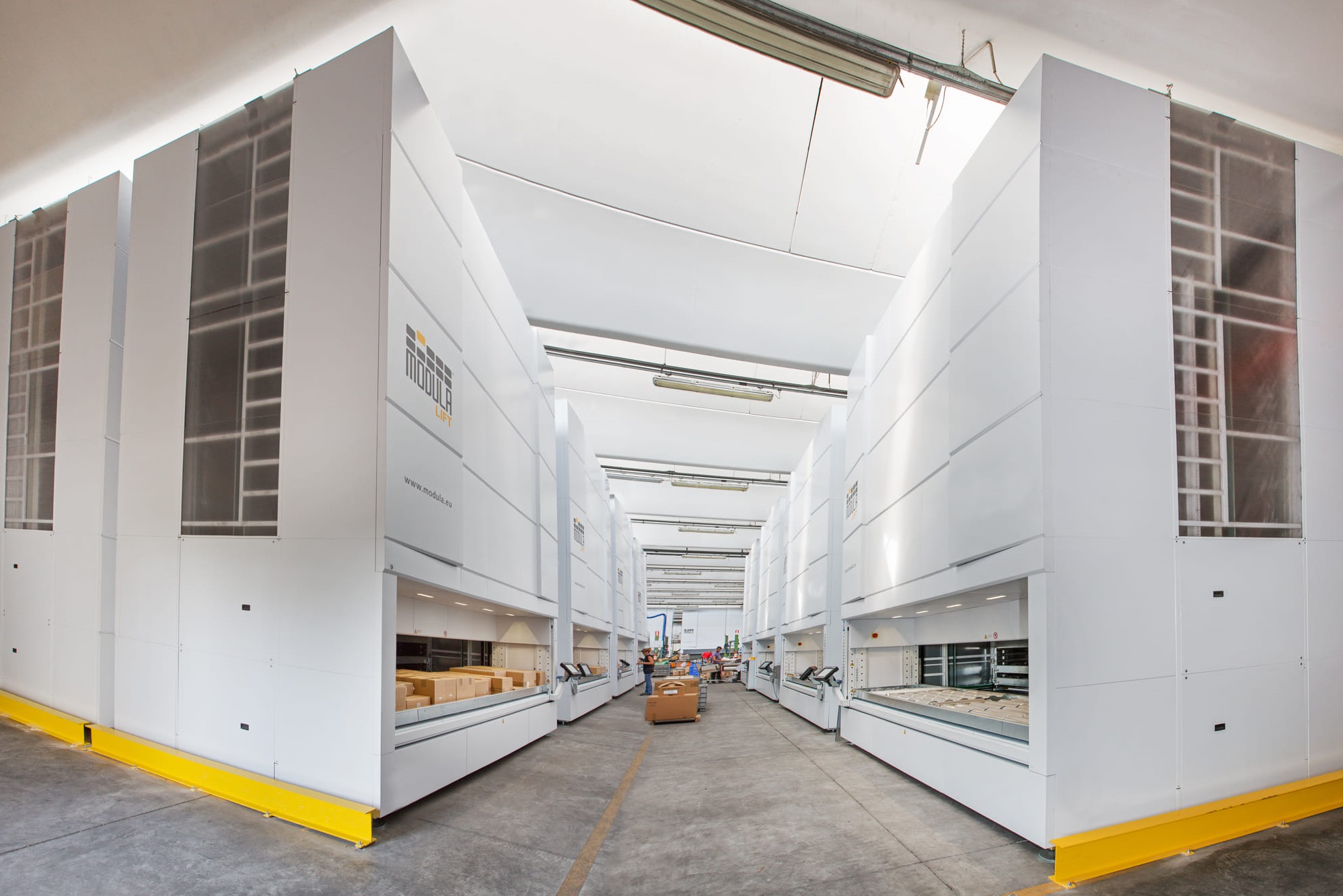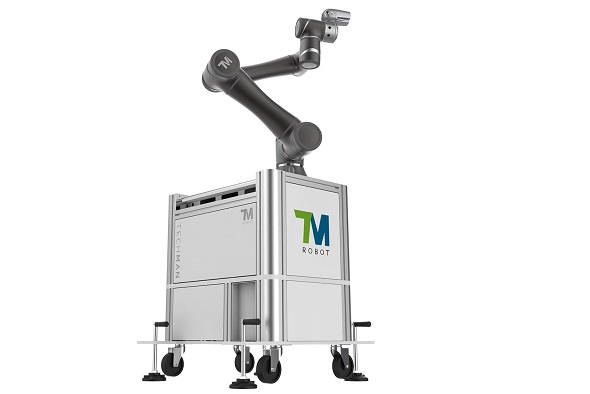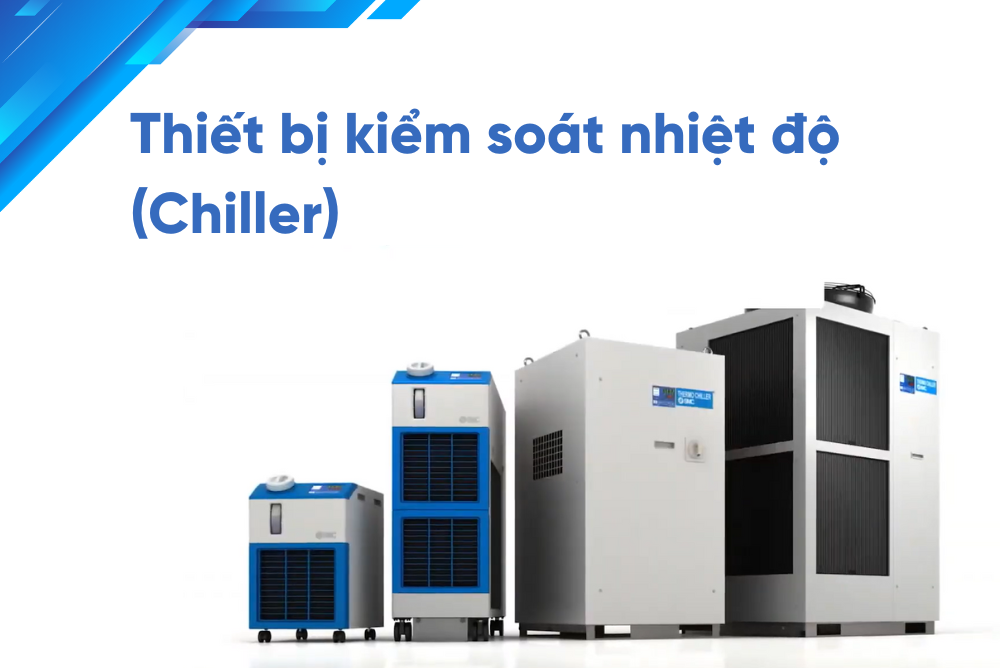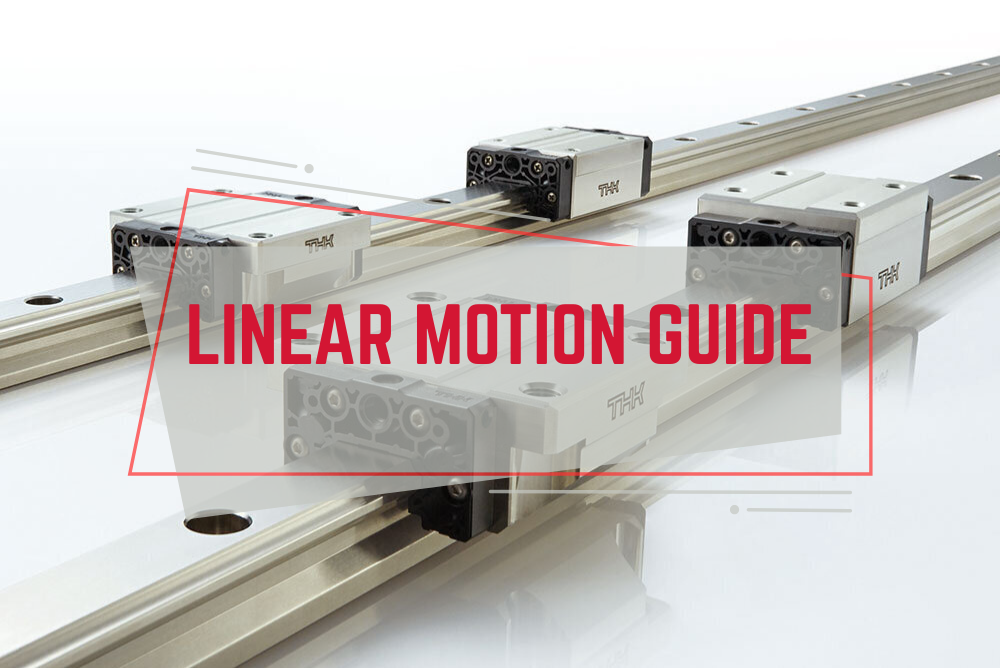 Contents
Contents
In today’s rapidly evolving robotics industry, pneumatic technology is unlocking new possibilities in how robots operate and handle increasingly complex tasks. By converting compressed air into mechanical motion, pneumatic systems deliver numerous advantages—especially in scenarios where electrical power alone cannot meet performance requirements.
In this article, we will explore the basic principles of pneumatic systems, how they are applied in robotics, analyze their advantages and limitations, and present real-world examples of implementation.
Components of a Pneumatic System
A pneumatic system uses compressed air to generate mechanical force. It plays an essential role in various industries such as manufacturing, packaging, and assembly. These systems are lightweight, cost-effective, highly efficient, and easy to control—making them an ideal choice for many robotic applications.
- Compressor: Compresses air to provide energy for the entire system.
- Air Tank: Stores compressed air to maintain a stable and continuous energy supply.
- Valves: Control air direction and flow to ensure the air reaches the correct position.
- Actuators: Convert pneumatic pressure into mechanical motion—commonly used in grippers, vacuum units, or clamping devices.
- Tubing and Fittings: Connect all components, allowing smooth airflow between the compressor, air tank, valves, and actuators.
Pneumatic systems offer several advantages, such as low weight, cost efficiency, and ease of maintenance, compared with other motion control technologies. However, they also have certain limitations.
Advantages and Limitations of Pneumatic Systems in Robots
Advantages:
- Lightweight and Compact Design: Pneumatic components are generally light and space-efficient, ideal for compact robot designs.
- Easy Operation and Low Maintenance Cost: Pneumatic systems are simple to control, have fewer breakdowns, and reduce long-term operating expenses.
- Force and Position Control: Air pressure can be adjusted to control gripping force. Although not achieving absolute positional precision, pneumatics are suitable for point-to-point or vacuum-based pick-and-place operations.
Limitations:
- Lower Output Force: Pneumatic systems generate less force than hydraulics, making them unsuitable for heavy-duty applications. The generated force depends on cylinder diameter and air pressure, which can be limited by space constraints or hose routing on the robot arm.
- Temperature Sensitivity: Pneumatic performance decreases under extreme temperature conditions. Therefore, air quality and system design must be properly maintained to ensure reliability.
Despite these limitations, pneumatic systems remain an effective solution for many robotic applications when properly designed and implemented.
Pneumatic Actuators for Industrial Robots
Pneumatic components play a vital role in controlling, gripping, and transferring products on production lines. Below are several SMC pneumatic gripper models (Air Grippers) designed specifically for different robot types available on the market:
|
Model |
Compatible Robot |
Plug & Play / Software Support |
Functions |
Key Notes |
|
JMHZ2-X7400B-CRX |
FANUC CRX |
FANUC CRX Plug-In |
Solenoid valve + speed adjustment + auto switch |
Fully featured; suitable for higher payload robots |
|
JMHZ2-X7400B-ASSISTA |
Mitsubishi ASSISTA |
Not specified Plug-in |
Solenoid valve + speed adjustment + auto switch |
Uses a smaller flange, suitable for lower payload robots |
|
JMHZ2-X7400B-TM |
Techman Robot |
TM Component |
Solenoid valve + speed adjustment + auto switch |
Standard option for TM robots |
|
JMHZ2-X7400B |
Universal Robots (UR) |
URCap |
Solenoid valve + speed adjustment |
Lacks a standard auto switch |
|
JMHZ2-X7400B-DTP/HC10DT/HC10 |
YASKAWA HC10/HC10DT |
Yes – via included cable |
Solenoid valve + speed adjustment + auto switch |
Optimized for the YASKAWA cable ecosystem |
|
JMHZ2-X7500-KA |
Kawasaki duAro 1/2 |
- |
No built-in solenoid valve, only manual gripper speed adjustment |
Multiple cover and attachment options available |
|
JMHZ2-X7500-KR |
Kawada NEXTAGE |
- |
No built-in solenoid valve, only manual gripper speed adjustment |
Flexible design compatible with optional accessories |
In addition, the robot models mentioned above can also be fully integrated with:
- RMHZ2: Standard pneumatic gripper for collaborative robots. Operates easily with just one air supply line and one electrical cable.
- MHR: Three-finger pneumatic gripper for collaborative robots, using a parallel opening/closing mechanism with a built-in cross roller guide for smooth, vibration-free movement. Ideal for high-precision applications with minimal maintenance needs.
- MHS: Four-finger pneumatic gripper for collaborative robots. Suitable for gripping both square and round workpieces. Its compact wedge cam design ensures a high gripping force while saving space—ideal for applications with limited installation areas.
- RMHF2: Long-stroke pneumatic gripper for collaborative robots.
- Vacuum Gripper for Collaborative Robots ZXP: Offers multiple versions compatible with major robot brands.
Temas is the authorized distributor of SMC in Vietnam. If you need support in selecting the most suitable pneumatic actuator for your robot, please contact us. Our engineering team will provide the optimal solution tailored to your application.
Comparison Between Pneumatic and Electric Systems
|
Characteristics |
Pneumatic System |
Electric System |
|
Output Power |
Low – suitable for light-duty tasks |
Medium to high – ideal for precise control |
|
Efficiency |
High |
High, less affected by temperature |
|
Flexibility |
Compact, lightweight, easy to integrate |
Highly flexible, easily adaptable to various applications |
If you have not yet chosen the right solution, contact our specialists for detailed application consultation.
Applications of Pneumatic Systems in Robotics
Pneumatic systems play an essential role in robotics, providing efficient motion control for tasks such as lifting, gripping, and transferring products. Thanks to their lightweight and energy-efficient nature, pneumatics are particularly ideal for robot designs requiring compactness and weight optimization.
Real-World Applications:
Pneumatics are widely used across industries, including:
- Automated Assembly Lines: Pneumatic actuators enable robots to handle components with precision during production.
- Pick-and-Place: Pneumatic grippers allow robots to perform fast and accurate handling, sorting, and packaging.
- Packaging and Material Handling Robots: Enable safe and efficient product movement across sectors—from food processing to logistics, palletizing, and product sorting.
6 Key Considerations When Using Pneumatics in Robots
1. Understand Basic Principles: Familiarize yourself with main components such as compressors, air tanks, valves, and actuators.
2. Define Application Requirements: Evaluate whether pneumatics suit the robot’s intended tasks (lifting, gripping, positioning, etc.).
3. Ensure Component Compatibility: Select appropriate valve, tubing, and actuator sizes for smooth operation.
4. Optimize Space and Weight: Leverage the compact and lightweight benefits of pneumatics for space-constrained robot designs.
5. Monitor Temperature Effects: Consider the working environment since pneumatics are sensitive to temperature changes.
6. Perform Regular Maintenance: Schedule lubrication and inspections to prevent failures and maintain performance.
Following these guidelines will help you implement pneumatic systems effectively and align them with the requirements of each robotic application.
Pneumatic systems play a crucial role in modern robotics, offering lightweight, efficient, and precise solutions for lifting, gripping, and material transfer tasks. They are particularly suitable for applications requiring energy savings, space optimization, and reduced overall weight.
Reference: SMC Products
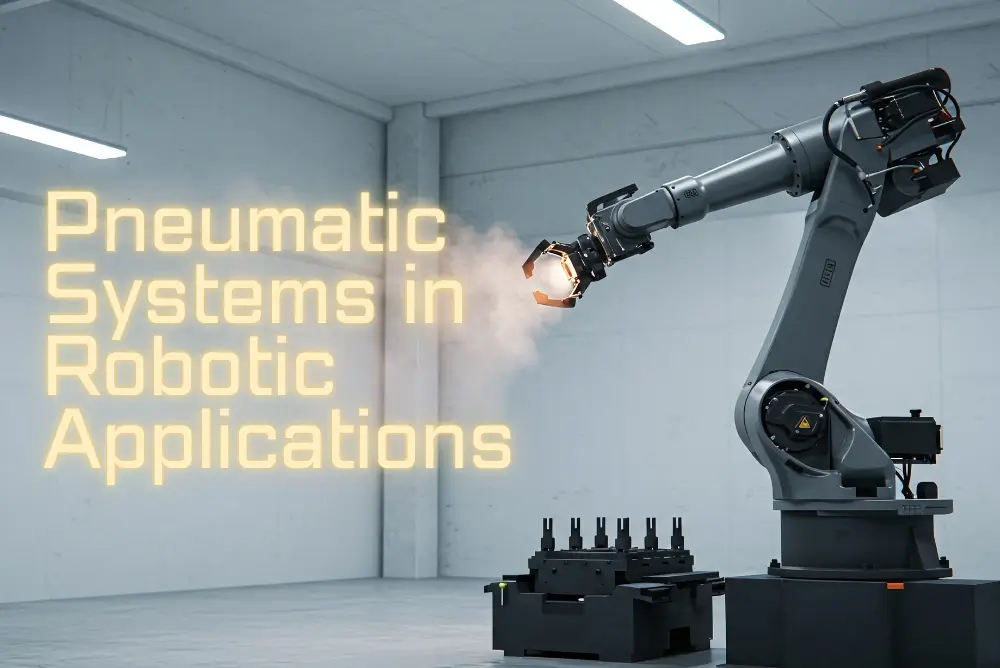
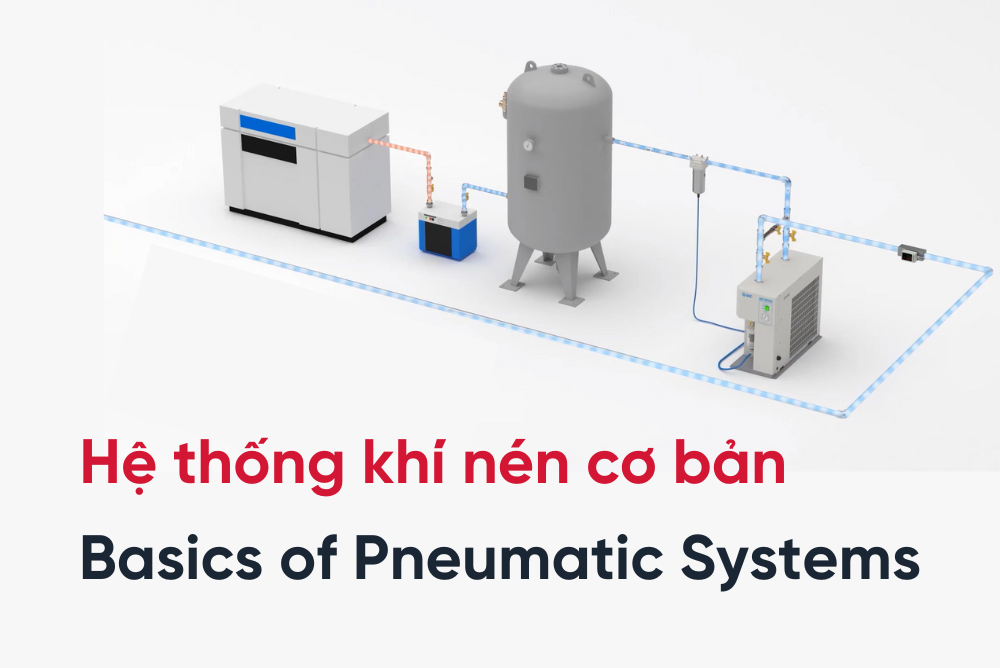
 Read more
Read more
